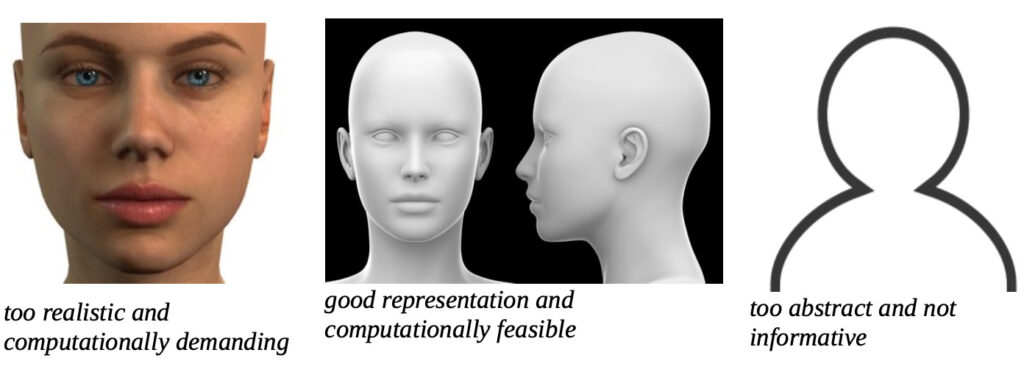In this blog, we will discuss the foundations of systems biology and practical ways to use this approach in drug development.
Let’s start basic with some definitions. Systems Biology is an exciting and emerging field that combines mathematical and computational analysis to understand, model and experiment on complex biological systems to evaluate a system’s response to a stimulant. At least, it is one definition that I personally like to use. There are several other definitions you can find both in the literature and in a more commercial setting. However, the main concepts consistently revolve around system-level understanding, functioning of a system or its parts and computational approaches. There is not one clear definition for systems biology as a field yet. Not only because it is an emerging field, but it is also due to the possibility of defining a system in many ways in biology. And how you define a system will have an impact on how you define systems biology.
Systems biologists or modelers, as they are often called, write mathematical models of said systems. A model (Figure 1) is a type of representation, be it mathematical, physical or conceptual, of what you want to model, again be it a system, process or event. The key to creating a good model is to have enough detail or information to sufficiently represent the system you are modeling while keeping it computationally and conceptually functional and feasible. It is only then possible to interpret the results of the analysis you do over said models in a sufficiently accurate and practical way. An example of these systems can be a disease state versus a healthy state in a tissue or an organ, where the states are defined based on differences in parameters. You will need to find a balance in selecting your parameters, so both states are clearly defined as in real life, and your analysis is done using adequate computational resources. This is why our approach is to develop tailor-made models for each (research) question in our day-to-day work. Thereby, we can find the perfect balance between accuracy and practicality when addressing the research questions of our clients and collaborators.
Some examples of modeling fields besides systems biology are: economic modeling, financial modeling, aerospace modeling, and last but not least, epidemiology modeling that we frequently see since the Corona pandemic – Yes, we couldn’t even begin to think of writing a blog without mentioning the pandemic once.

Over the decades, the reductionist approach in molecular biology and other disciplines helped researchers accumulate a massive amount of data. Most of the time, however, the data is scattered, incompatible and challenging to integrate. Therefore, systems biologists adopted a different approach, a more holistic approach, if you will, compared to the traditional methods. Adoption of this systems-thinking avenue provided the power to look at the research problems at hand in terms of relationships, interconnections and trends, and conduct research in a whole different manner. On the one hand, systems biology aims to utilize the almost free-flowing data accumulated by utilizing the reductionist approach to uncover patterns, obtain insights and knowledge, and form hypotheses. On the other hand, the systems approach provides predictions through simulations based on the models created.
Remember: uncover hidden patterns, obtain further insights from existing data, form hypotheses for downstream research, and make predictions through simulations to support decision making. We’ll use this piece of information in our next blog.
I hope you enjoyed reading our blog about systems biology, where we made a small introduction to the field. Follow us for more blog posts like this one and news about us and our field. If you are a pharmaceutical industry researcher who wants to learn more about systems biology, systems pharmacology and their implementation in (pre-)clinical studies, click here to email to get a consultation.
2 December 2021 – Basak Tektemur-Altay
